Rising Demand for Enhanced Safety Features
The Automotive Digital Mirror Market is experiencing a notable surge in demand for enhanced safety features. As consumers become increasingly aware of road safety, manufacturers are integrating advanced technologies into digital mirrors. These mirrors provide improved visibility, reducing blind spots and enhancing overall driving safety. According to recent data, the market for automotive safety systems is projected to grow significantly, with digital mirrors playing a crucial role in this expansion. The incorporation of features such as lane departure warnings and collision avoidance systems into digital mirrors is likely to drive their adoption further, as consumers prioritize safety in their vehicle choices.
Regulatory Push for Improved Vehicle Standards
The Automotive Digital Mirror Market is influenced by a regulatory push for improved vehicle standards. Governments worldwide are implementing stricter regulations aimed at enhancing vehicle safety and environmental performance. Digital mirrors, which contribute to better aerodynamics and reduced drag, align with these regulatory goals. As a result, manufacturers are increasingly adopting digital mirror technology to comply with new standards. The market is expected to benefit from these regulations, as they create a favorable environment for the adoption of innovative technologies that enhance vehicle performance and safety. This regulatory landscape is likely to propel the growth of the Automotive Digital Mirror Market.
Shift Towards Electric and Autonomous Vehicles
The Automotive Digital Mirror Market is poised for growth due to the shift towards electric and autonomous vehicles. As automakers invest heavily in electric vehicle technology, the need for innovative solutions like digital mirrors becomes apparent. These mirrors not only enhance the aesthetic appeal of vehicles but also support the functionality required in autonomous driving scenarios. The integration of digital mirrors with vehicle sensors and cameras is expected to facilitate better navigation and obstacle detection. Market analysts suggest that the increasing production of electric vehicles will likely boost the demand for digital mirrors, as they align with the technological advancements in the automotive sector.
Technological Innovations in Display and Imaging
The Automotive Digital Mirror Market is significantly driven by technological innovations in display and imaging technologies. Advances in high-definition displays and camera systems are enhancing the functionality of digital mirrors, providing clearer and more accurate images. These innovations not only improve visibility but also offer features such as night vision and adaptive brightness. As technology continues to evolve, the demand for high-quality digital mirrors is expected to rise. Market data suggests that the introduction of new imaging technologies will likely lead to increased consumer interest in digital mirrors, further propelling the growth of the Automotive Digital Mirror Market.
Consumer Preference for Advanced Connectivity Features
The Automotive Digital Mirror Market is witnessing a shift in consumer preferences towards advanced connectivity features. Modern drivers are increasingly seeking vehicles equipped with smart technologies that enhance their driving experience. Digital mirrors that offer connectivity options, such as smartphone integration and real-time traffic updates, are becoming more appealing. This trend is supported by data indicating that a significant percentage of consumers prioritize connectivity when purchasing a vehicle. As automakers respond to this demand, the integration of digital mirrors with infotainment systems is likely to become a standard feature, further driving the growth of the Automotive Digital Mirror Market.


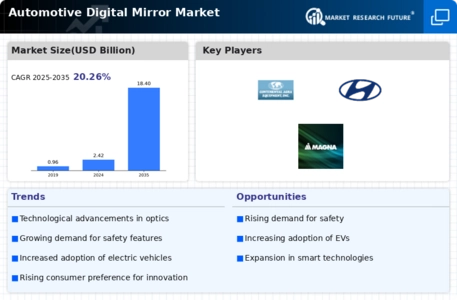
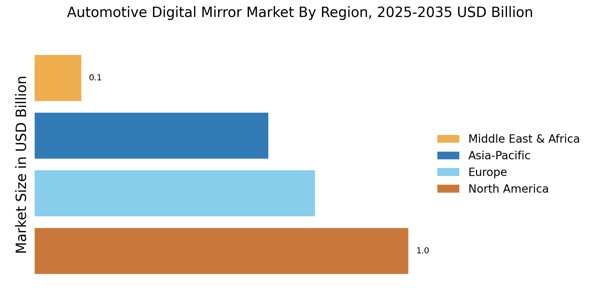


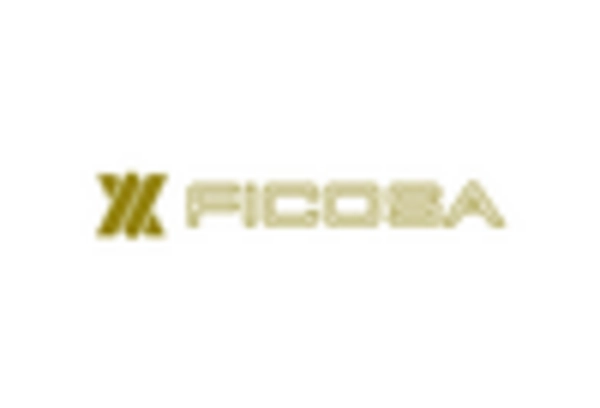
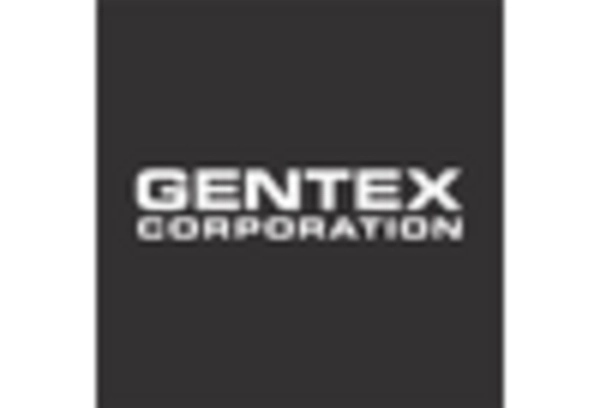
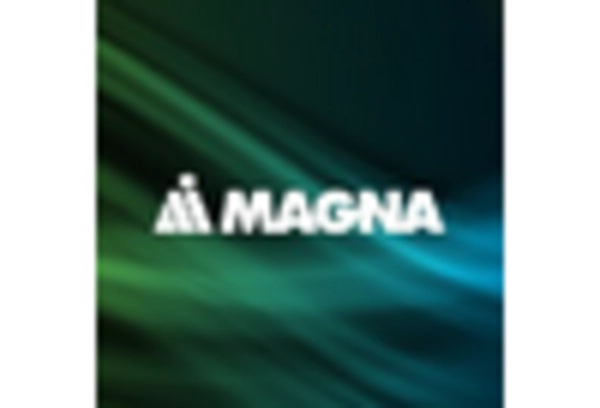
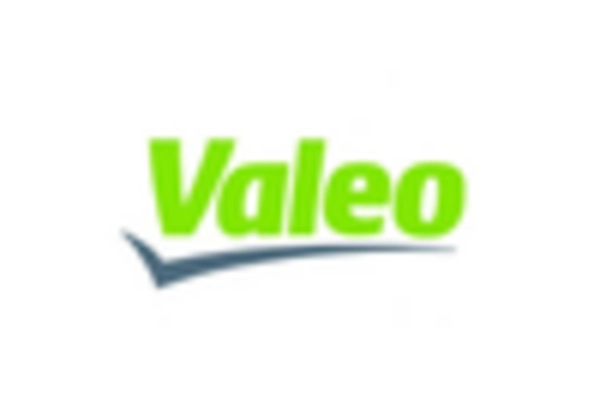








Leave a Comment